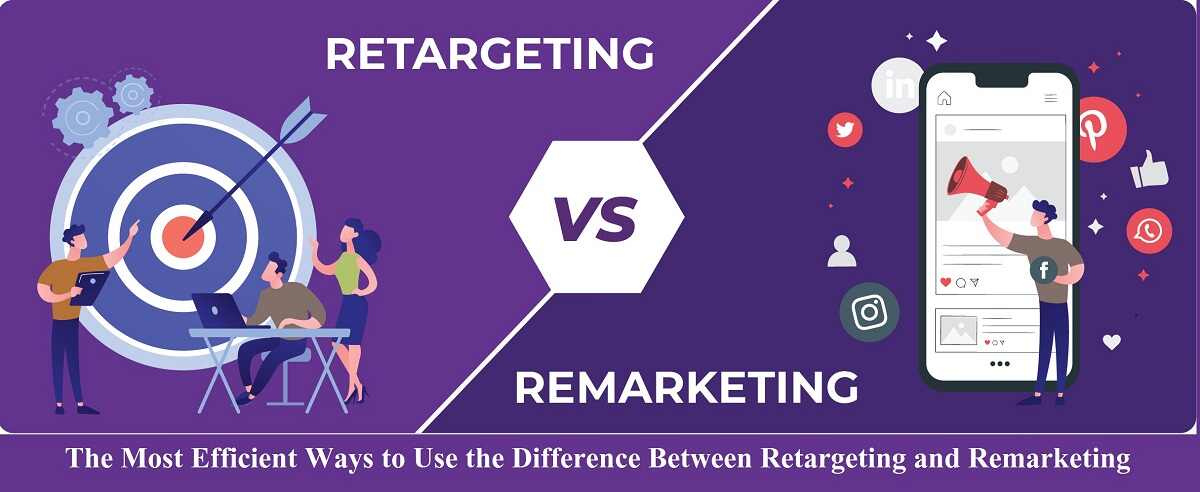
By strategically segmenting audiences according to user intent and behavior, you can make the most of the distinctions between retargeting and remarketing (learn more at https://www.nashpush.com/blogs/retargeting-vs-remarketing-the-difference-you-need-to-know). Using retargeting, marketers may divide their audience into subsets depending on how they interacted with the website or app, and focus on people who have shown interest but have not yet taken a certain action. Ads that retarget visitors based on their browsing history or abandoned carts might entice them to buy the things they were interested in. In contrast, remarketing zeroes in on pre-existing leads and consumers, allowing for targeting according to loyalty, engagement, or previous purchases. Marketers may use this information to create tailored campaigns that cater to certain interests by providing loyalty points, special content, or suggestions. Maximizing engagement and conversion rates requires skillfully using these segmented audiences to craft personalized content that speaks to the unique requirements of each group.
Engage your audience with tailored content and message sequencing
Customizing content and message sequencing to fit user journeys is another effective technique to leverage the distinctions between retargeting and remarketing. Producing engaging ad content that corresponds to the user’s past interactions or abandoned activities, highlighting the need to complete the action quickly, or offering incentives to do so, is a great way to boost retargeting efforts. Reinforcing user interest and encouraging conversions, dynamic retargeting adverts showcase goods seen or similar items. On the other hand, retargeting entails fostering preexisting connections via tailored information streams. Customers’ stages in the customer lifecycle might inform the strategic sequencing of email campaigns or tailored content that provides instructional materials, testimonials, or special offers. By adding value at every touchpoint, this personalized strategy keeps users engaged, increases brand loyalty, and encourages repeat purchases.
Coordinating unified strategies for a comprehensive campaign integration
To get the most out of retargeting and remarketing, you should combine the two tactics into one comprehensive marketing plan. A holistic lifecycle marketing strategy is born out of a cohesive approach that merges the conversion optimization focus of retargeting with the customer retention focus of remarketing. The best way to increase client lifetime value is to retarget prospective customers, reengage them, and then seamlessly include them in remarketing campaigns. Consistent branding across all touchpoints, with consistent language and offerings, builds trust and loyalty to the brand. To manage resources, increase return on investment (ROI), and develop consistent, individualized encounters that lead consumers through the full customer journey, marketers must orchestrate cohesive strategy.
For retargeting and remarketing to work their magic, you need to do three things:
- strategically divide your audience;
- sequence your messages to be more relevant to them;
- integrate your campaigns seamlessly.
By analyzing user intent and behavior, retargeting and remarketing campaigns may be fine-tuned to provide targeted messages that connect with certain audience groups, leading to more conversions and better customer loyalty. It is possible to optimize engagement at different phases of user journeys by customizing content and sequences to fit with them. Combining the two approaches into one coherent campaign strengthens consumer connections and boosts campaign success by creating a consistent brand experience and increasing the effectiveness of marketing efforts.


